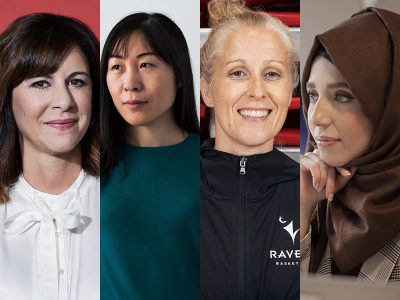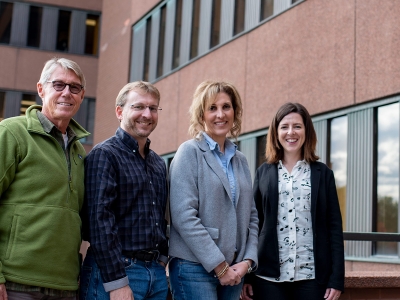By Ellen Tsaprailis
What if fertilizer was able to listen to a plant at the moment the plant needed nitrogen and then release its nutrients at the exact critical growing time?
Carleton Chemistry Prof. Maria DeRosa pondered the possibility when Carlos Monreal, Agriculture and Agri-Food Canada Senior Researcher and Biology Professor (now retired), posed this question. The idea morphed into a project with huge possibilities.
“It actually can work, it’s not science fiction!” says DeRosa.
“The fertilizer has a coating around it. The coating contains the aptamer we made in our lab. The aptamer recognizes a signal, a molecule that’s coming out of the roots of—in this case, wheat and canola—those are the two plants that we worked on.
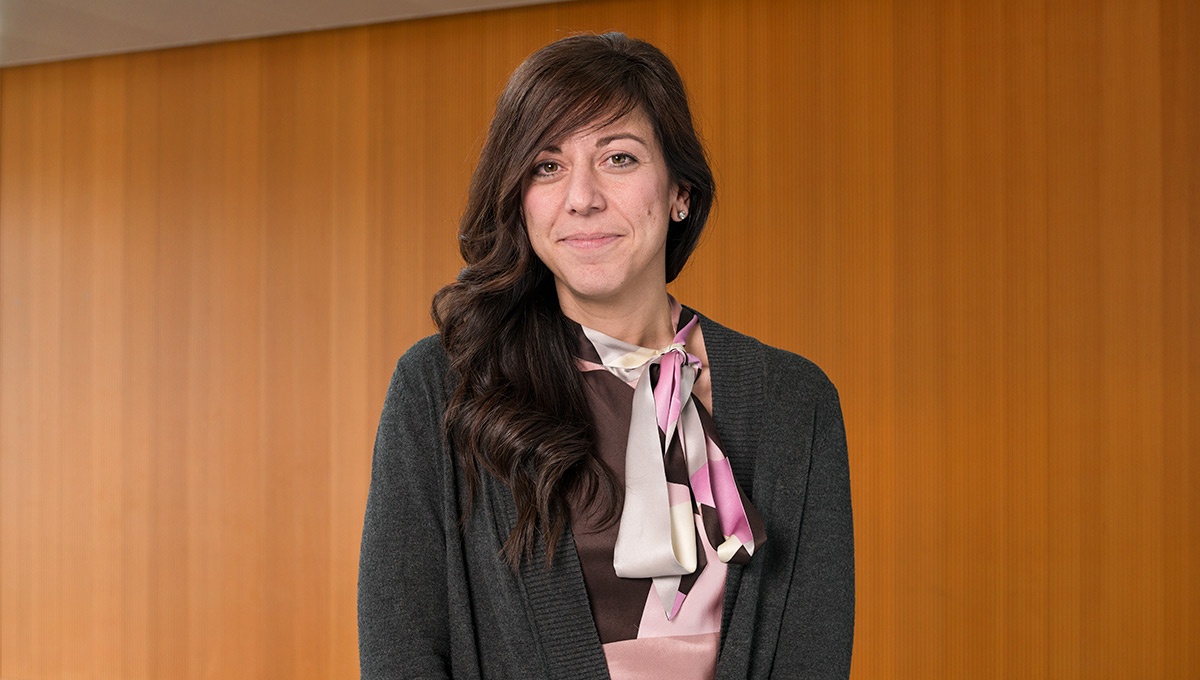
Maria DeRosa
“Carlos Monreal experimented over many years and figured out, by looking in the soil as the crops are growing, which molecules are present in the soil. He found the specific molecule always released right when the plant is about to take up nitrogen from the soil—nitrogen being one of the main fertilizer nutrients—so we put those things together.
“My lab found an aptamer that would recognize that molecule so that the fertilizer would only get released into the soil when the plant was asking for it.”
Knowing when to release nitrogen to the plant is critical to more efficient crop growing. Excess nitrogen in the soil that accumulates when fertilizer is applied to the crop in anticipation of its needs, often gets washed away with rain, ends up in a lake and feeds algae, where it creates an algae bloom or can promote the growth of weeds. That makes nitrogen almost a pollutant, says DeRosa.

Carlos Monreal
Instead of using excess fertilizer which may result in unintentional environmental issues, the aptamer she created with her team gets coated around the fertilizer and limits the release of fertilizer to only the time when the plant is best suited to pick it up.
“The inside of the fertilizer is a conventional pellet, nothing exciting about the urea,” explains DeRosa. “You buy it off the shelf and then just coat it. The coating comes with our aptamer, Carlos Monreal’s input and the company that makes really thin films.”
The smart fertilizer prototype has been tested in the lab and in greenhouses with positive results. Patent applications for this technology have been filed in Canada, the United States and Australia, and now it is time to take it to real-life conditions in the field.
The team is in talks with the Ottawa Smart Farm about conducting trials there and is negotiating agreements with agricultural companies for field trials in Canada and further development of the technology. During the trials, farmers will use less than a conventional fertilizer and report their findings.
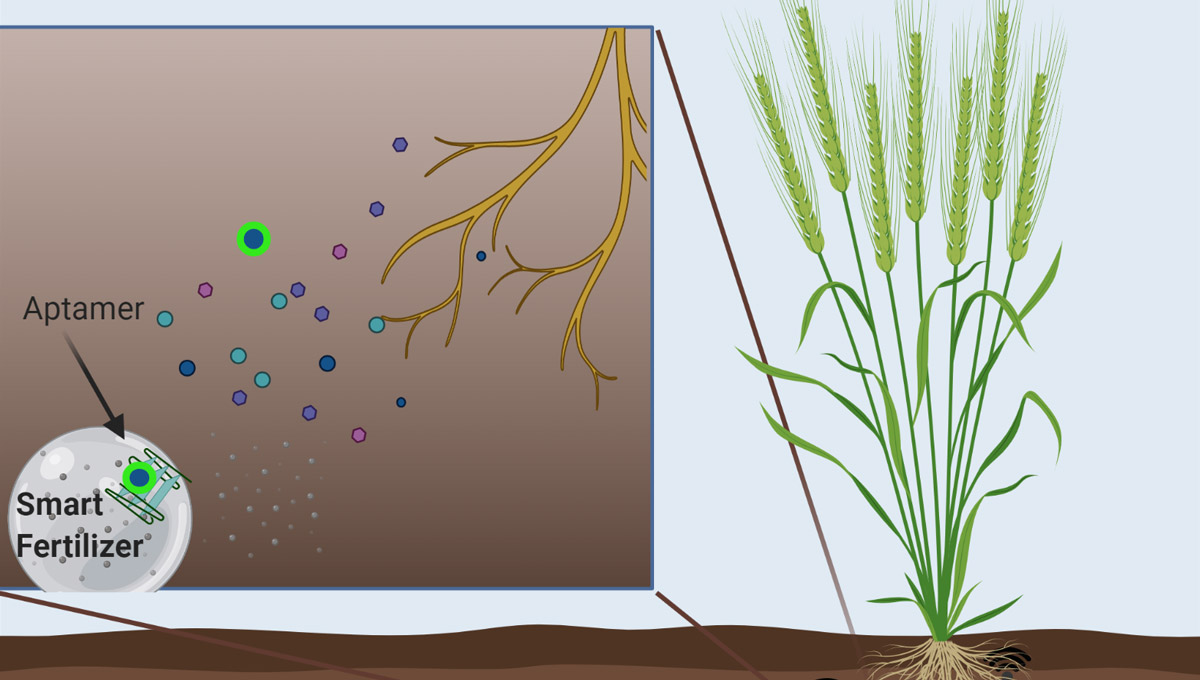
PhD Student Inspired by Smart Fertilizer Project
“Many consumers, especially those of us living in cities, might be surprised how tech savvy farmers are and how they understand that they need to innovate,” says DeRosa. “There may be an image that agriculture is this old-school, very slow-moving field, but actually the technology that farmers are using and their willingness to adopt technology is really impressive. They know they need to innovate to survive.”
Emily Mastronardi graduated with a PhD in Chemistry from Carleton in 2017 and worked on the project with DeRosa. Mastronardi now works as a scientific evaluator in the novel foods section of Health Canada.

Emily Mastronardi
A paper on this project that Mastronardi wrote alongside DeRosa, Carleton Chemistry undergrad Kathryn Cyr and Monreal was the cover article in a recent issue of the Journal of Agriculture and Food Chemistry. The paper describes how the team developed DNA-based sensors—aptamers—capable of binding to a specific crop signal, L-Serine, and withstanding degradation by nucleases which could be present in the soil. These aptamers can now be incorporated into biosensors and smart fertilizers, allowing farmers to respond to the nutrient needs of their crops in real time.
“I was so fortunate to be able to work on such a large, collaborative project, and to have Prof. DeRosa as a supervisor,” says Mastronardi.
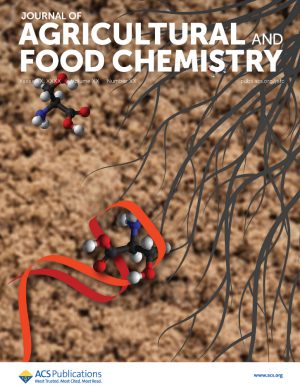
“As a student working on a very specific research goal, it can be hard sometimes to see how your research can apply to the real world. Prof. DeRosa was so encouraging and reminded me how the aptamers I was developing could help farmers make informed decisions about their crops, and be included in smart fertilizer systems, which made it easier to stay motivated.”
Working on the project also inspired Mastronardi in her future career plans.
“The smart fertilizer project made me realize how important innovations in agriculture could be for improving food security, especially when faced with climate change and a growing population,” says Mastronardi.
“I hope to be able to use the knowledge I gained in this area over the course of my career to improve food safety and food security.”
Thursday, April 22, 2021 in Environment and Sustainability
Share: Twitter, Facebook

